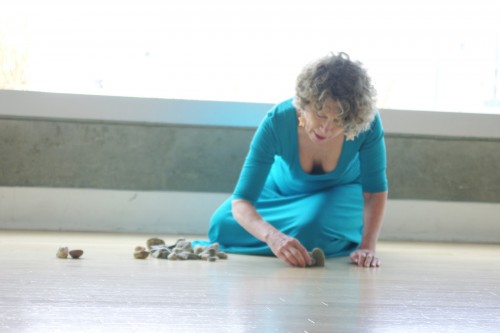Web Presence of a Dance/Movement Therapist

Photo retrieved from: http://myportfolio.usc.edu/schnaps/2011/01/neuroscience_and_art_therapies_synapsing_along_the_world_wide_web.html
As you may or may not know, Columbia College Chicago is a pretty hip school. Its got a flashy website, flashy photos featuring flashy, young people — people like myself who write for a really cool blog. All jokes aside, Columbia’s culture emphasizes the importance of having web presence for its students; the school understands that the current trend in art and education is utilizing the millions of web related resources out there…
So where do dance/movement therapy and dance/movement therapists fit into all this? What does ‘web presence’ mean within our line of work?
Although I’ve plugged the crap out of the American Dance Therapy Association (ADTA) website via my blog, you can see, if you’ve actually ever been to the site, that it’s not very hip. The overall website is somewhat bland and drab. And check out the pictures archive, archive being the important word here. I am fairly certain that the photo archive was last updated in 2007 — five years ago! Not to mention the lovely pictures that look like they’re from 1992, which feature acid washed jeans (and no, not the cute ones from American Apparel).
So clearly the association doesn’t seem to emphasize the importance of web presence amongst the field. Looking elsewhere, however, I did come across a few dance/movement therapy blogs, but not an overwhelming amount.
Trust me, as a dance/movement therapy student, I get that our culture isn’t prone to being technically advanced. Instead, we focus on the here and now and the overall importance of making actual human connections. What kind of therapists would we be if we didn’t? You can only imagine my initial frustration upon receiving this position (grad ambassador) and being expected to blog and upload pictures to our Flickr account. I seriously sighed and said, “WHAT?!” a million times during my first few blog experiences. Regardless of how frustrating, exhausting, and intimidating all of the web resources out there are, the “web presence” trend is real and possibly important to keeping relevancy among other art related professions.
One of my fellow DMT & C peers, Julie Brannen, has created her own website and, thus, a web presence. Although Julie also identifies as a dancer and teacher, she does mention her dance/movement therapy education and training. I know Julie isn’t the only one amongst my peers and cohort to have their own website, but I still wonder about all those other dance/movement therapists out there, who I am sure are doing amazing work we all want to hear about.
So what does the web presence of a dance/movement therapist look like? I guess I don’t really know. Or maybe, we as a culture are still defining that — some trail blazing, others lagging behind. I guess this post is my call to other students and professionals in the field to start a web presence so that outsiders can better understand our work. I know that our work is not about being present on the web and that sometimes our work is so fleeting it’s hard to capture. However, culture and its trends move swiftly, and I personally believe it’s important to the vitality of our work to be apart of the movement.
C’mon dance therapy, can’t we be cool, at least once?
As a side note, please check out the Research Celebration, a DMT & C event that celebrates the hard work of current DMT & C thesis students (myself included). The event is August 9th and will be held at The Quincy Wong Center, 623 S. Wabash. This is a great event for seeing the type of research current students are doing. If you’re a prospective student, you would also get to see the type of work that you’d be doing at the end of your graduate career.

